Research Research Highlights
Research Highlights
Research Highlights
Research Highlights
Research Highlights 미리보기
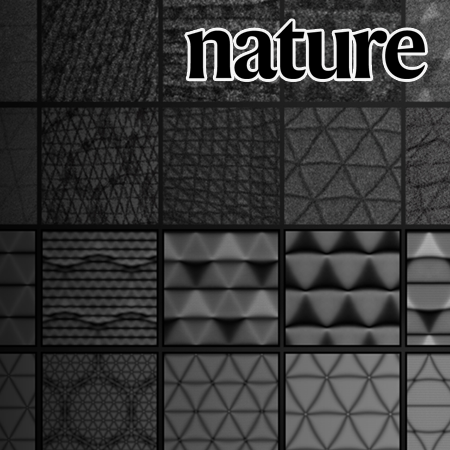
Professor Hyobin Yoo’s Research Team at SNU Develops 2D Quantum Material Platform Using Moiré Lattice Superposition
Prof. Hyobin Yoo
Seoul National University College of Engineering has announced that a joint research team led by Professor Hyobin Yoo from the Department of Materials Science and Engineering, in collaboration with Professor Young-Woo Son (Korea Institute for Advanced Study) and Professor Changwon Park (Ewha Womans University), has successfully developed a two-dimensional (2D) quantum material platform through the superposition of moiré lattices.
Research Highlights Board
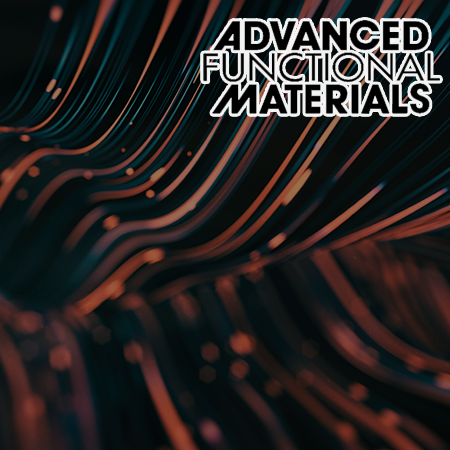
Development of Next-Generation Fiber-Based Human-Machine Interface (HMI) Bioelectrodes
Prof. Seung Hwan Ko
The research team validated the strengths of their developed process system and outcomes through various applications, including an in vivo epicardial signal recording ECG electrode, an epidermal electrochemical biosensor, and customized epidermal electromyography (EMG)-based human–machine interface (HMI).
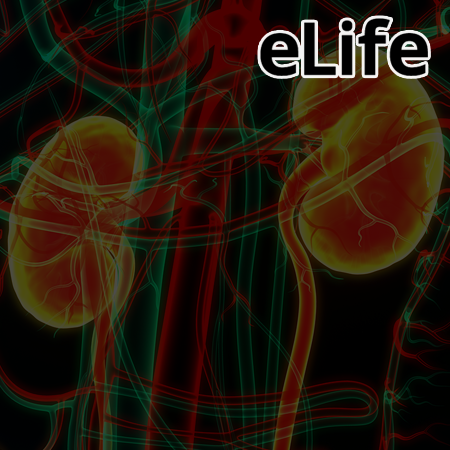
Uremic toxin indoxyl sulfate induces trained immunity via the AhR- dependent arachidonic acid pathway in end-stage renal disease (ESRD)
Prof. Won-Woo Lee
Professor Won-Woo Lee's team in the Department of Microbiology and Immunology at SNU College of Medicine have identified the mechanism of trained immunity induced by the uremic toxin indoxyl sulfate, suggesting a new therapeutic target for patients with chronic kidney disease.
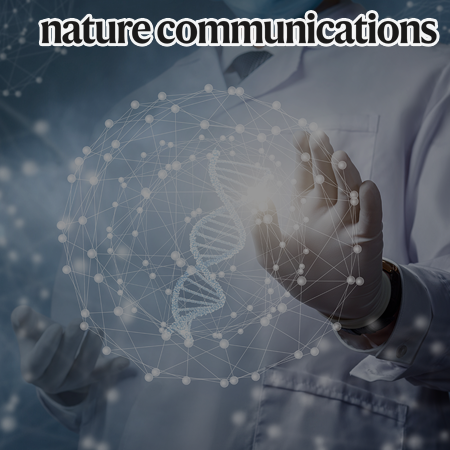
Molecular basis of facilitated target search and sequence discrimination of TALE homeodomain transcription factor Meis1
Prof. Juyong Lee
Our study reveals how human transcription factor Meis1 interacts with DNA using NMR and molecular dynamics simulation. Meis1 binds non-specifically its L1-α1 region to the DNA backbone, then achieves specific binding when it finds its target sequence.
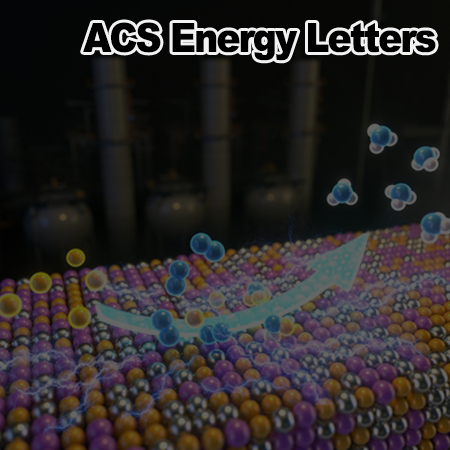
Enhancing Ammonia Production by Ag Incorporation in Li-Mediated Nitrogen Reduction Reactions
Prof. Yun Jeong Hwang
Professor Yun Jeong Hwang’s research team from Department of Chemistry at SNU improved the performance of electrochemical nitrogen reduction reactions by introducing silver into the electrode. The research identified the silver improves the efficiency of ammonia production and reduces the overpotential of the electrochemical reaction.

Latent magmatism beneath the Korean Peninsula caused by asthenosphere upwelling
Prof. Hyunwoo Lee
Volatiles such as helium and carbon dioxide provide insights into geological processes spanning from the Earth’s deep interior to its surface.

Inhibition of BCAT1-mediated cytosolic leucine metabolism regulates Th17 responses via the mTORC1-HIF1α pathway
Prof. Won-Woo Lee
Professor Won-Woo Lee's team in the Department of Microbiology and Immunology at SNU College of Medicine has uncovered that the metabolic pathway of cytosolic leucine in CD4+ T cells plays a crucial role in modulating the inflammatory Th17 response, a key factor in autoimmunity.
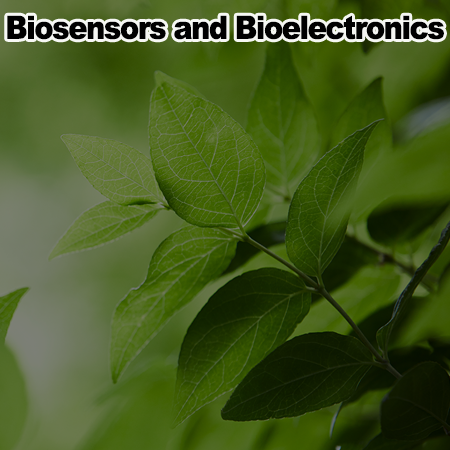
Integrating non-invasive VIS-NIR and bioimpedance spectroscopies for stress classification of sweet basil (Ocimum basilicum L.) with machine learning
Prof. Soo Chung
Plant stress diagnosis is essential for efficient crop management and productivity increase. Under stress, plants undergo physiological and compositional changes.
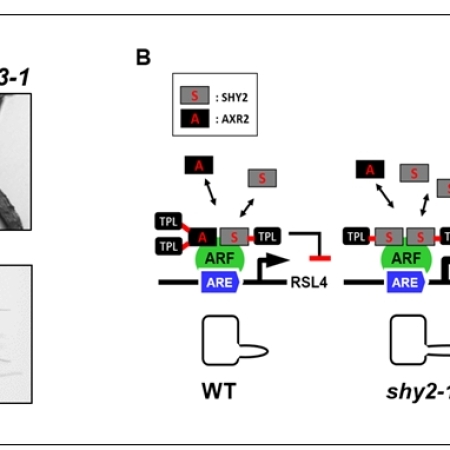
A dose-dependent bimodal switch by homologous Aux/IAA transcriptional repressors
Prof. Hyung-Taeg Cho
Combinatorial interactions between different regulators diversify and enrich the chance of transcriptional regulation in eukaryotic cells.
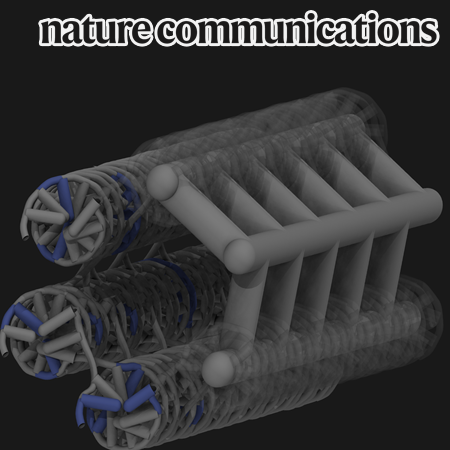
Development of Technology to Predict the Deformation of DNA Origami Structures Induced by DNA-Binding Molecules
Prof. Do-Nyun Kim
Chemo-mechanical deformation of structured DNA assemblies driven by DNA-binding ligands has offered promising avenues for biological and therapeutic applications.

Selective reactivation of value- and place-dependent information during sharp-wave ripples in the intermediate and dorsal hippocampus
Prof. Inah Lee
Professor Lee’s research team from Seoul National University has revealed the unique role of the intermediate hippocampus in reactivating the memories of places with their relative values, through recording place cells in freely moving rats performing a memory task.

Thermal Runaway Mechanism in Ni-Rich Cathode Full Cells of Lithium-Ion Batteries: The Role of Multidirectional Crosstalk
Prof. Jongwoo Lim
Professor Jongwoo Lim's research team from the Department of Chemistry at SNU explored the fundamental causes of temperature surges during thermal runaway in lithium-ion battery full cells. The article identified intermediates that create a self-amplifying loop via multidirectional crosstalk between the battery electrodes.


